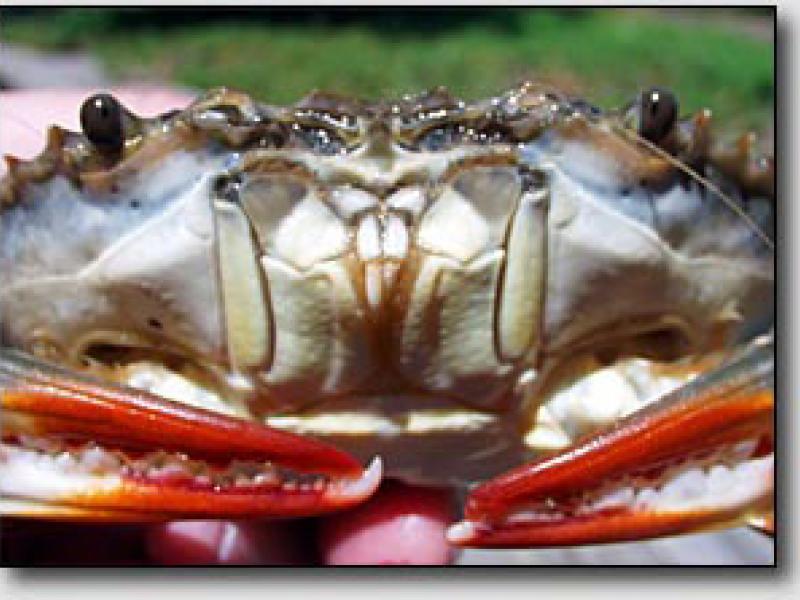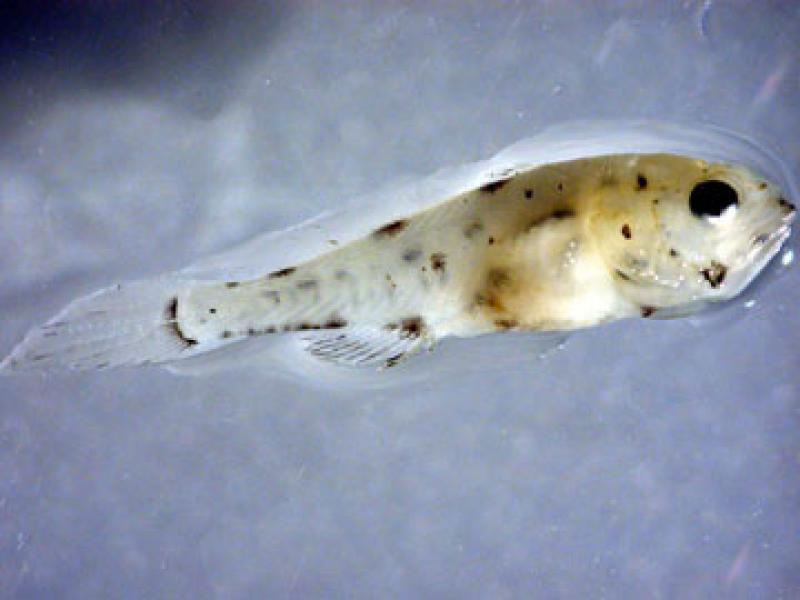Wet Lab Sample Processing
Samples collected in the Fisheries Assessment and Monitoring Program (FAMP) provide fishery-independent data that helps determine the population status of marine organisms throughout Alabama’s coastal waters. These data are available to fisheries managers to use in the analysis of growth, determination of seasonal and geographical distribution, assess changes in population structures, and correlate abundance with some abiotic factors for all Alabama marine fauna. Bi-weekly data collection began in 1977 for shrimp and crabs. Monthly sampling for all penaeid shrimp, callinectes crabs and finfish species started in October 1980. In 1998, the program shifted to an interagency program with ADEM; water quality parameters and the number of sites sampled were expanded but effort was reduced to one sampling regime per quarter. After determining that quarterly sampling did not provide a suitable sample size and distribution to accurately observe trends, monthly sampling was resumed in October 2000. Given the revisions of the SEAMAP program and the importance for similar sample collection/processing throughout the Gulf, AMRD adjusted the FAMP program in order to produce data complementary to SEAMAP protocols beginning in May 2010. Therefore, current protocols require each sample to be sorted by species, determine species-specific total weight/abundance, and weigh/measure up to 20 individuals of each species.
Sample sites were selected at the beginning of the program to be most representative of the marine fauna found in Alabama waters. Sample locations are distributed throughout the Mississippi Sound, Mobile Bay, the Perdido system, Little Lagoon, and Alabama’s territorial sea. Three methods of sample collection are employed within these areas to target a wide range of fauna throughout their life history.
For further information regarding seine, BPL, and otter trawl sample processing, contact Jessica Marchant.









